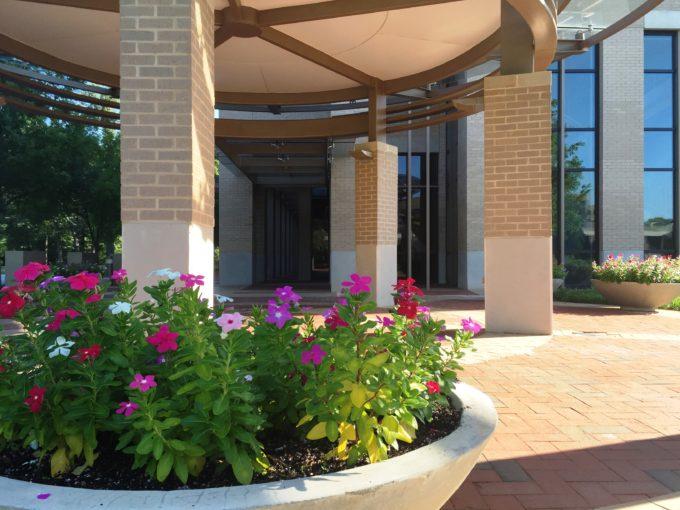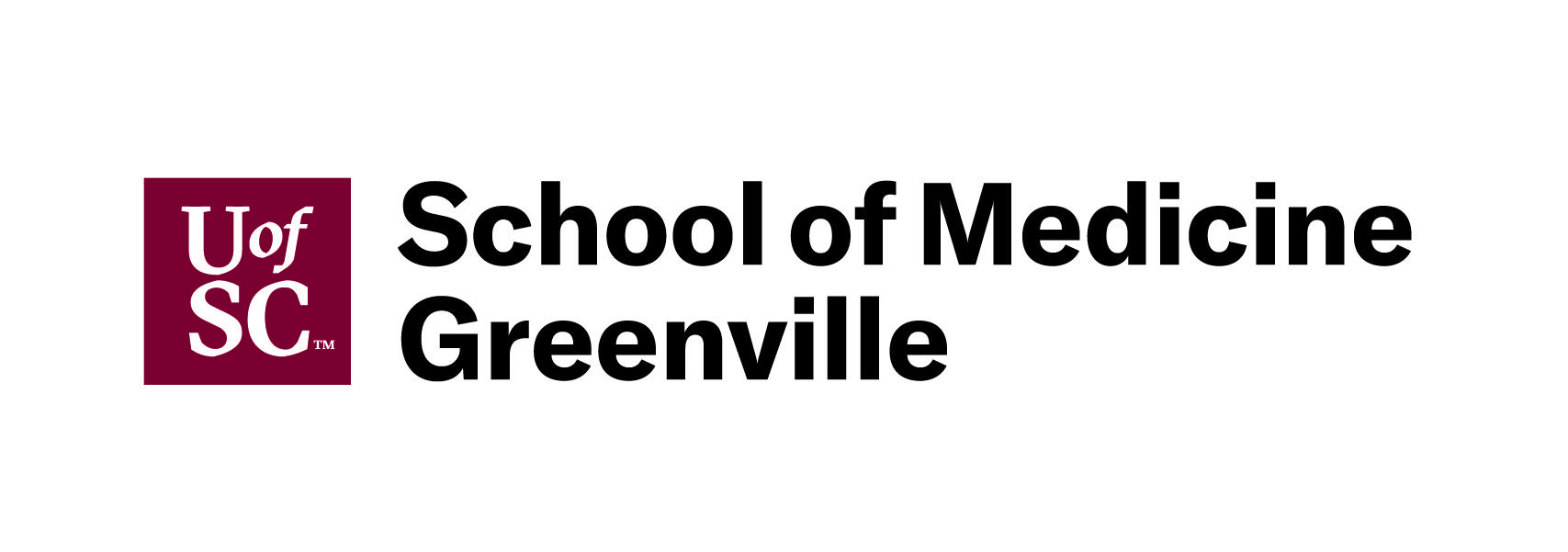
Get the latest articles delivered directly to your inbox!
Our Contributors
Class of 2022
Kyle Duke
Austin Foster
Charlotte Leblang
Ross Lordo
Class of 2021
Dory Askins
Connor Brunson
Keiko Cooley
Mason Jackson
Class of 2020
Megan Angermayer
Carrie Bailes
Leanne Brechtel
Hope Conrad
Alexis del Vecchio
Brantley Dick
Scott Farley
Irina Geiculescu
Alex Hartman
Zegilor Laney
Julia Moss
Josh Schammel
Raychel Simpson
Teodora Stoikov
Anna Tarasidis
Class of 2019
Michael Alexander
Caitlin Li
Ben Snyder
Class of 2018
Alyssa Adkins
Tee Griscom
Stephen Hudson
Eleasa Hulon
Hannah Kline
Andrew Lee
Noah Smith
Crystal Sosa
Jeremiah White
Jessica Williams
Class of 2017
Carly Atwood
Laura Cook
Ben DeMarco
Rachel Nelson
Megan Epperson
Rachel Heidt
Tori Seigler
Class of 2016
Shea Ray
Matt Eisenstat
Eric Fulmer
Geevan George
Maglin Halsey
Jennifer Reinovsky
Kyle Townsend
Join USCSOMG students on their journeys to becoming exceptional physician leaders.

Positive Exposure Zone
Fashion photographer Rick Guidotti used to look through the lens of his camera every day, capturing the beauty of high fashion models. His standards were prescribed for him; conventional beauty standards for the types of bodies and faces allowed to grace the covers of Elle magazine and Harper’s Bazaar.
Until one day Rick decided to go off-label.
It bothered him that there were so many wonderful, diverse people whose images were invisible to the eyes of many. He began in 1998 by photographing people with Albinism all over the world, and was quickly contacted by other organizations representing people with disabilities who saw how carefully and compassionately Rick photographed his clients.
This ultimately led to the formation of Positive Exposure, a project which seeks to exhibit these photographs in different communities everywhere. Last year Rick came to speak to our now third year medical student class and began forming relationships with USCSOMG. This relationship fostered an exciting idea: what if we took Positive Exposure photographs of people with genetic disorders and disabilities and sought to incorporate them into the medical school curriculum? What if we could replace cold, anonymous photos of patients with black bars over their eyes with warm, humanizing ones instead?
We students, as an integral part of Positive Exposure, are seeking to connect medical students with families to better understand people living with a diagnosis and differences and work with Awareness organizations to learn about these communities. Already this year some of our students attended a conference for Arthrogryposis Multiplex Congenita, a disease that effects joint movement, and got the chance to connect with many wonderful individuals at Shriner’s Children’s Hospital. As a group we’re also planning on volunteering with organizations in the upstate that empower individuals living with disabilities.
USCSOMG is unique for its ability to instill a constant pursuit of empathy and understanding in its students. Positive Exposure Zone (PEZone) will be another way to enrich this education further. Our desire to get to know individuals stems from the belief that by meeting diverse populations and listening to their needs, we can best take care of our patients and become better physicians
If you would like more information about Positive Exposure, please visit the website positiveexposure.org, and if you would like to keep up with what PEZone is working on at USCSOMG, our Instagram is pezonesomg. We’re also on Facebook at Positive Exposure Zone of USC School of Medicine Greenville.
I’m a lifelong South Carolina resident originally from Clover, SC. In my undergraduate years I spent my days going to the beach and frequently tripping over cobblestones while attending the College of Charleston. I graduated in 2015 with a degree in Biology and Neurosciences and spent a year playing with rats in a neuroscience addiction lab at MUSC before continuing my education. I’m thrilled to continue my tour of the state in Greenville and am enjoying all the great spots to read outside here. I believe USCSOMG has an untouchable sense of community and dedication to patient care, and I’m so grateful and excited to be a part of the class of 2020!
Copyright 2021 USC School of Medicine Greenville


